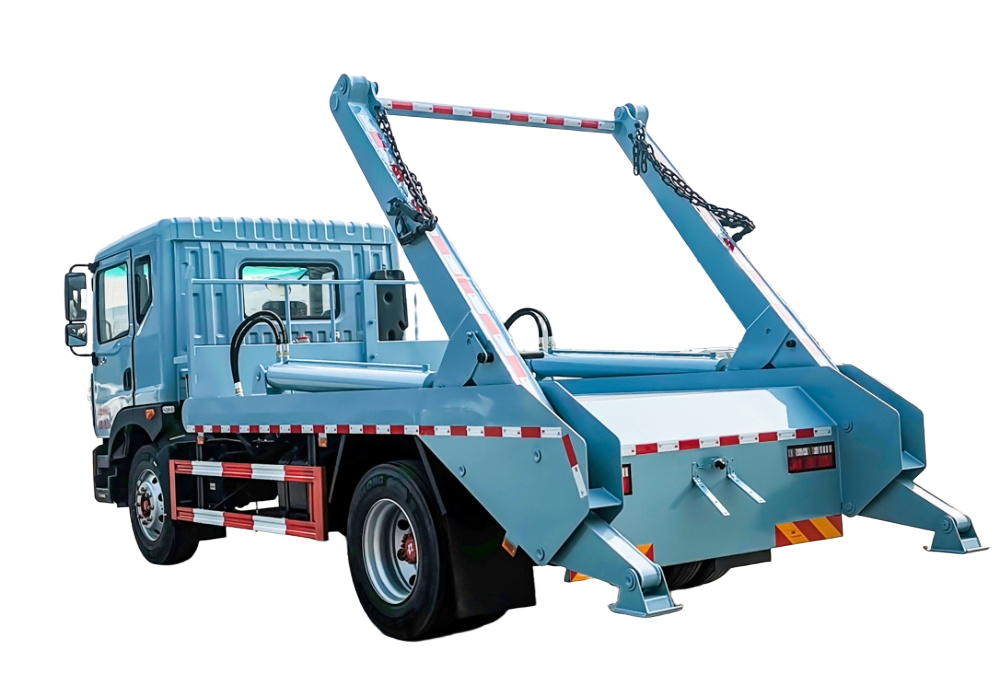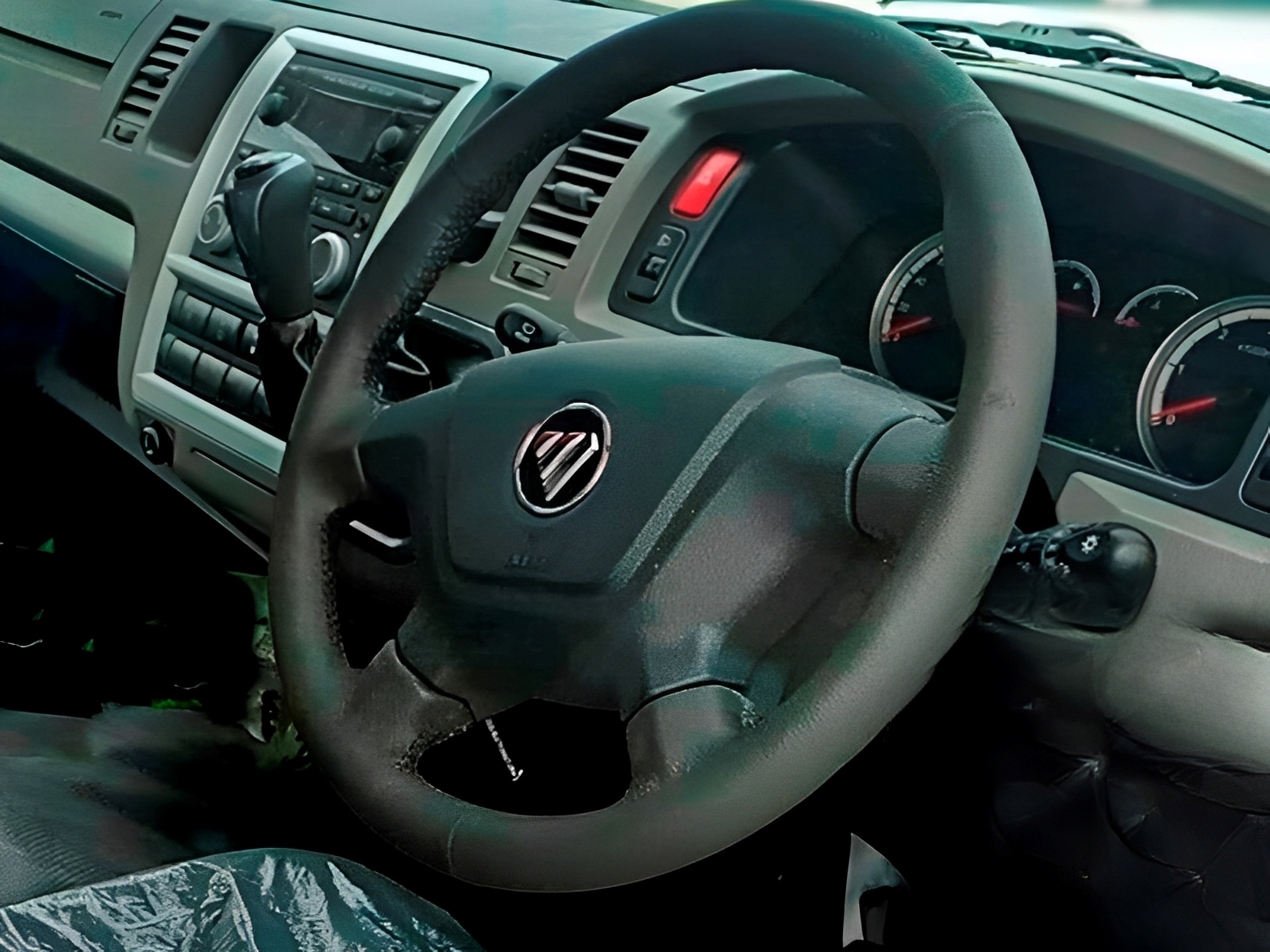Domestic vs Imported Components: How to Choose the Right Supply Strategy for Special Vehicles
Domestic versus imported components represent critical supply chain decisions for special vehicle manufacturing, yet selecting optimal sourcing strategy demands careful evaluation of 7 decisive factors. This comprehensive comparison analyzes quality standards (imported ISO certified vs domestic GB standards), delivery reliability, cost implications, technical support, warranty coverage, supply chain security, and regulatory compliance requirements.
While both approaches deliver functional capability, imported components excel in advanced technology and proven reliability, whereas domestic suppliers dominate in cost efficiency and responsive support. We examine decisive trade-offs—from component lifecycle costs to supply chain resilience—using sourcing data from 25,000+ component evaluations across global manufacturing operations.
Whether prioritizing imported component’s technological leadership or domestic sourcing’s cost advantages, our supply chain analysis equips you to select the optimal procurement strategy. As China’s leading special vehicle manufacturer with extensive global sourcing experience, Chengli Group provides uniquely qualified insights into component selection and supply chain optimization.
Quality Standards and Performance Reliability
Component sourcing fundamentally impacts vehicle performance, reliability expectations, and long-term operational effectiveness across diverse applications and operating environments.
Imported Component Quality Excellence
Imported components typically deliver superior quality through advanced manufacturing processes and stringent quality control systems achieving 99.5%+ reliability ratings.
Quality Advantages: International suppliers utilize advanced manufacturing technology and comprehensive quality systems with established performance validation. Technical benefits include:
- Advanced materials and precision manufacturing processes
- Comprehensive testing and validation procedures
- ISO 9001/TS 16949 quality certifications and compliance
- Proven performance data from global applications and installations
Performance Validation: Imported components benefit from extensive field testing across diverse global markets providing comprehensive performance validation and reliability data.
Domestic Component Value Engineering
Domestic suppliers provide cost-effective solutions through optimized manufacturing processes and localized quality standards achieving 95-98% reliability for standard applications.
Value Benefits: Local suppliers optimize designs for specific market requirements and cost targets while maintaining acceptable performance standards. Advantages include:
- Cost-optimized designs meeting specific performance requirements
- Localized manufacturing reducing transportation and logistics costs
- Flexible customization capability for specific applications
- Rapid response to design changes and specification modifications
Quality Evolution: Domestic component quality continues improving through technology transfer and advanced manufacturing investment achieving international competitiveness.
Supply Chain Reliability and Delivery Performance
Imported Component Supply Considerations
Imported components require complex supply chains with potential vulnerabilities including transportation delays, customs procedures, and geopolitical risks affecting delivery reliability.
Supply Chain Factors:
- Extended lead times: 8-16 weeks typical for standard components
- Transportation complexity: Ocean freight and customs clearance requirements
- Inventory management: Higher safety stock requirements for supply security
- Currency fluctuation: Exchange rate impact on component costs
Risk Mitigation: Strategic inventory management and multiple supplier relationships minimize supply chain disruption while maintaining component availability.
Domestic Supply Chain Advantages
Domestic suppliers provide simplified supply chains with reduced lead times and enhanced flexibility enabling responsive manufacturing and inventory optimization.
Supply Benefits:
- Reduced lead times: 2-6 weeks typical for standard components
- Simplified logistics: Domestic transportation and no customs requirements
- Supply flexibility: Rapid response to demand changes and urgent requirements
- Reduced inventory: Lower safety stock requirements due to supply proximity
Agility Benefits: Domestic sourcing enables rapid prototype development and design iteration supporting accelerated product development cycles.
Cost Analysis and Total Value Assessment
Imported Component Cost Structure
Imported components typically command premium pricing but may deliver long-term value through enhanced performance and reduced warranty costs.
Cost Components:
- Component premium: 25-50% higher than domestic alternatives
- Transportation costs: Ocean freight and logistics expenses
- Inventory carrying: Higher stock levels increasing carrying costs
- Quality benefits: Reduced warranty and service costs
Value Equation: Premium costs may be justified through enhanced performance, reduced maintenance, and improved customer satisfaction.
Domestic Component Economic Advantages
Domestic suppliers provide significant cost benefits through reduced component costs, simplified logistics, and optimized manufacturing processes.
Economic Benefits:
- Component savings: 25-50% cost reduction compared to imports
- Logistics efficiency: Reduced transportation and handling costs
- Inventory optimization: Lower carrying costs through reduced lead times
- Currency stability: Domestic pricing eliminating exchange rate risk
Competitive Advantage: Cost savings enable competitive vehicle pricing and improved profit margins while maintaining acceptable quality levels.
Technical Support and Engineering Collaboration
Imported Component Technical Excellence
International suppliers typically provide comprehensive technical support through advanced engineering resources and global expertise networks.
Support Advantages:
- Advanced engineering and design support capabilities
- Global technical expertise and application knowledge
- Comprehensive documentation and training programs
- Technology roadmap and future development insights
Innovation Access: Imported suppliers provide access to latest technology developments and advanced engineering solutions.
Domestic Engineering Collaboration
Domestic suppliers offer enhanced collaboration and customization capability through local engineering resources and flexible development processes.
Collaboration Benefits:
- Local engineering support and direct communication
- Flexible customization and rapid design iteration
- Cost-effective engineering modifications and improvements
- Enhanced responsiveness to specific application requirements
Partnership Advantages: Close collaboration enables joint development projects and customized solutions optimized for specific applications.
Regulatory Compliance and Certification Requirements
Imported Component Certification
International components typically include comprehensive certifications meeting global standards but may require additional validation for local compliance.
Certification Benefits:
- Comprehensive international certifications (CE, UL, ISO)
- Proven compliance with global safety and performance standards
- Established testing and validation documentation
- Regulatory acceptance in multiple international markets
Compliance Considerations: Additional local certification may be required adding cost and complexity to component qualification.
Domestic Compliance Advantages
Domestic suppliers ensure local regulatory compliance and certification simplifying approval processes and reducing compliance complexity.
Regulatory Benefits:
- Pre-qualified compliance with local regulations and standards
- Simplified certification and approval processes
- Reduced compliance costs and administrative burden
- Enhanced regulatory relationship and support
Market Access: Domestic compliance ensures market access and eliminates regulatory barriers for vehicle sales and operation.
Risk Assessment and Supply Security
Imported Component Risk Factors
International sourcing introduces various risks including geopolitical tensions, trade disputes, and supply chain disruptions requiring comprehensive risk management.
Risk Categories:
- Geopolitical risks: Trade disputes and tariff implications
- Supply disruption: Transportation delays and border restrictions
- Quality variability: Distance challenges for quality control
- Currency exposure: Exchange rate fluctuations affecting costs
Risk Mitigation: Diversified supplier base and strategic inventory management minimize risk exposure while maintaining supply security.
Domestic Supply Security
Domestic sourcing provides enhanced supply security through simplified logistics and reduced geopolitical exposure.
Security Advantages:
- Reduced geopolitical risk and trade dispute exposure
- Enhanced supply visibility and control capability
- Simplified crisis management and response procedures
- Strategic independence and supply chain resilience
Business Continuity: Domestic suppliers enable enhanced business continuity planning and crisis response capability.
Decision Framework: Choosing Your Optimal Strategy
Imported Components: Ideal Applications
Best suited for vehicles prioritizing:
- Maximum performance and technological advancement
- Premium applications requiring proven reliability
- Global market sales requiring international certification
- Long-term value through enhanced performance characteristics
Optimal scenarios include:
- High-end fire trucks requiring maximum reliability
- Export vehicles requiring international compliance
- Premium applications justifying component investment
- Technology-sensitive applications requiring advanced capability
Domestic Components: Strategic Advantages
Preferred for operations emphasizing:
- Cost optimization and competitive pricing
- Rapid development and customization capability
- Supply chain security and responsive support
- Local market focus with domestic compliance requirements
Ideal applications include:
- Cost-sensitive market segments requiring value optimization
- Custom applications requiring design flexibility
- Domestic market focus with local compliance
- Rapid prototype development and iteration requirements
Ultimately, imported components excel for premium applications requiring maximum performance and global compliance, while domestic sourcing serves cost-conscious operations prioritizing flexibility and supply security. Your ideal choice depends on whether performance leadership and global standards (imported) or cost efficiency and responsive collaboration (domestic) align with market positioning and strategic objectives.






